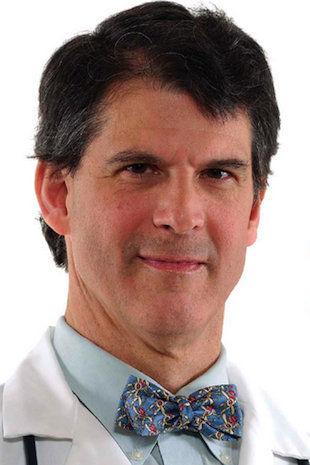
© TwitterDr. Eben Alexander claims to have visited the afterlife
has taught at Harvard Medical School and has earned a strong reputation as a neurosurgeon. And while Alexander says he's long called himself a Christian, he never held deeply religious beliefs or a pronounced faith in the afterlife.
But after a week in a coma during the fall of 2008, during which his neocortex ceased to function, Alexander claims he experienced a life-changing visit to the afterlife, specifically heaven.
"According to current medical understanding of the brain and mind, there is absolutely no way that I could have experienced even a dim and limited consciousness during my time in the coma, much less the hyper-vivid and completely coherent odyssey I underwent," Alexander writes in the cover story of this week's edition of
Newsweek.
So what exactly does heaven look like?
Alexander says he first found himself floating above clouds before witnessing, "transparent, shimmering beings arced across the sky, leaving long, streamer like lines behind them."
He claims to have been escorted by an unknown female companion and says he communicated with these beings through a method of correspondence that transcended language. Alexander says the messages he received from those beings loosely translated as:
"You are loved and cherished, dearly, forever."
"You have nothing to fear."
"There is nothing you can do wrong."
From there, Alexander claims to have traveled to "an immense void, completely dark, infinite in size, yet also infinitely comforting." He believes this void was the home of God.

Comment: Begin the practice of self-healing meditation with the Éiriú Eolas Stress Control, Healing and Rejuvenation Program:
The Éiriú Eolas Stress Control, Healing and Rejuvenation Program is the modern revival of an ancient breathing and meditation program which is being acclaimed around the world as THE TOOL that will help you to:
- Relax from the stresses of everyday life
- Gently work your way through past emotional and psychological trauma
- Release repressed emotions and mental blockages
- Rejuvenate and Detoxify your body and mind
Éiriú Eolas removes the barriers that stand between you and True Peace, Happiness, and ultimately a successful, fulfilling life.